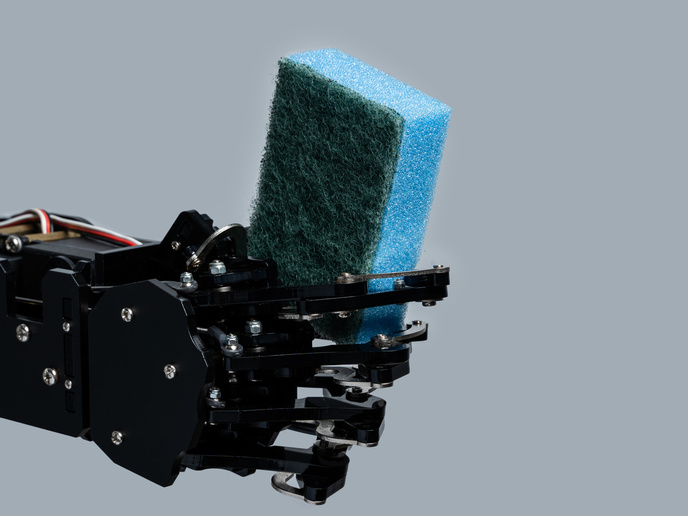Nineteenth century British and Italian working classes may have had more in common than previously thought
Although the elite social classes of Europe from the 17th century to the 19th century regularly exchanged ideas, literature and knowledge amongst each other, ordinary working people lacked the opportunities of the rich, and it therefore seemed likely that they would be largely isolated from the influence of other European countries. Surprisingly though, it appears that the poorer classes throughout Europe had more in common than previously thought. Cheap, printed books of between 12 and 24 pages called ‘chapbooks’ were sold all over western Europe during this period. They were translated from one original language into various other European languages, and acted as a ‘gateway’ between local communities and the cultures of other countries. “They were a large element in the introduction of those people, particularly in rural areas, to the wider world and to networks of national and international communication,” said Dr Niall Ó Cíosáin, coordinator of the CHAP project, from the National University of Ireland, Galway. “Ordinary British and Italian people were reading some of the same texts in the middle of the nineteenth century.” Chapbooks and broadsides Chapbooks were entertaining, often containing jokes, riddles, songs, practical advice, almanacs, stories of bandits and murderers or the lives of saints, prophecies and tales inspired by medieval romances. For more factual accounts of current affairs, people read broadsides, another type of popular literature that was often translated from other languages. A broadside was a single-sheet printed production, usually even cheaper than a chapbook, which was stuck to a wall for people to read. They commonly contained ballads, proclamations and edicts, reports of trials, death sentences, and news. The chapbooks and broadsides were sold by travelling pedlars that moved from village to village selling clothing, small hardware, medicines and other goods in addition to the books. Forgotten aspect of print culture To study the chapbooks, the EU-funded researchers travelled between Britain, Ireland and Italy to consult material in the archives and to measure the impact of the English-language texts on the popular Italian chapbooks of the time. 152 texts in Italian were gathered altogether. Many of these texts had never been catalogued or organised before and were almost inaccessible for the researchers. A key result of this project has been to resurrect the chapbooks and the broadsides, offering a new insight into the life of the working classes in Europe at that time. “This project has recovered and brought to light a forgotten aspect of the common transnational print culture of the nineteenth century,” said Dr Ó Cíosáin. The project is analysing, recording and organising the chapbooks and broadsides into an easily accessible website, which will be accompanied by a series of articles focusing on the role of translation in the evolution of cheap ephemeral print in 19th century Italy. “The aim is to produce an online library of nineteenth-century chapbooks in Italian that derive from other languages or that correspond to texts in other languages,” said Dr Ó Cíosáin. “This will encourage, promote, and facilitate research on the cross-cultural dimension of cheap printed materials from the 17th to 19th centuries.”
Keywords
CHAP, publishing, print, chapbooks, nineteenth century, literature, translation, society, class







